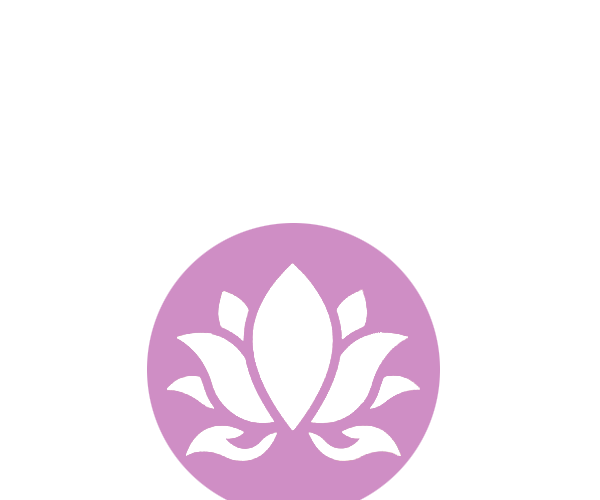Below you will find Terms and Definitions used during book design.
4-Color Black: Also known as “rich black,” this is a range of deeper black hues which are made up of all 4 colors of ink. 4-color black should be used for large areas of black in books that will be printed in color.
Back Cover/Full Cover: A single image file containing your back cover, front cover, and spine. Back cover and full cover are frequently used interchangeably when describing a cover’s file.
Black: The shade of black used in black-and-white printing. 100% black (also known as “flat black”) means it contains no colors other than black.
Black-and-White: Originals or reproductions in single color, as distinguished from multicolor. “Black & White” or “B&W” also refers to printing a book in black ink only.
Bleed: Excess printed area that’s trimmed after printing. Having bleed in your files ensures that full-page images take up the entire page and are not left with a fine, white edge after trimming.
Book Manufacturing: The entire process of typesetting a book, printing it, binding it, and then packing it for shipping.
CMYK: An abbreviation for Cyan, Magenta, Yellow, and BlacK, which are the ink colors used in 4-color printing.
Color Correction: The adjustment of color in an image to match original artwork or a photograph. Color correction is usually done in CMYK color mode in preparation for process printing.
Crop Marks: Marks that indicate where an image is to be trimmed.
Dash, Em and En: A punctuation mark, different from a hyphen. For the em dash,”—,” the length is the same as the type size; thus in 12-point type, the em dash is 12 points in length. An en dash, “–,” is traditionally ½ as long as the em dash. The em dash is used to set off parenthetical thought, it is used in place of a colon, and in dialogue it is used when the sentence is stopped before completion. The en dash is used to connect numbers, and it is used in compound adjectives when one element consists of an open compound or when both elements consist of hyphenated compounds.
Dots Per Inch (dpi): This is an often misleading term. In a graphics program, an image may be 300 dpi, which means 300 pixels (dots) per inch; however, an inkjet printer requires many times more dots to create the effect of each single pixel.
E-proof: An electronic proof of your final files, which you can use to verify the files before they’re sent to the printer.
Extract: Also secondary text. A long quotation set off from the text in smaller type, and with indentations and less leading.
Formatting Tag: A written tag inserted into your manuscript while it’s still a Word document that lets your formatter know something special needs to happen in your layout.
Full Interior: Your fully formatted book. When give your full interior layout, you’ll want to make any and all revisions to your book.
Format: The size, style, type page, margins, printing requirements etc., of a printed piece.
FPO (For Position Only): A low-resolution image positioned in a document to be replaced later with a high-resolution version of the same image.
Graphics: Any visual matter such as an illustration, photograph, or symbol included on a page or within a document.
Head Margin: The space above your main text on the printed page.
HTML: HyperText Markup Language (used in websites and eBooks).
Hue: The main attribute or a color that distinguishes it from other colors.
InDesign: The industry standard software used for laying out a book.
Layout: The overall design of a book’s pages, including the arrangement of text, illustrations, graphics, title, page numbers, and font/typeface usage.
Ornament: A small decorative device such as an initial, capital letter, a dingbat (a bullet, star, flower used by designers to decorate a page), or a customized small-design graphic used for dividing chapters or in-between paragraphs and also used for decorating a page.
Overprinting: When you deliberately set one color to print onto another. This is generally done with 100% black ink, which does not show through other colors.
Page Layout (Interior Formatting): When the book designer assembles all the elements on your pages such as text and graphics.
pBook: Print book.
POD: Print on demand. Digital printing enables the economic printing of short runs. True print on demand is the ability to print single copies to order.
POS: Point of sale.
PP&B: Paper, Printing, and Binding. Accounts for the bulk of the total cost associated with manufacturing a book.
Recto: The right-hand page of the book. Most sections or chapters will begin on a right-hand page for the reader to easily identify the start of a new piece.
Revision: Any change you wish to make in a document.
Sample Chapter: A single, formatted chapter (or portion of a chapter) of your book created before the full interior goes through layout. The sample chapter is used to determine exactly how to format the rest of your book.
Scaling: Determining the proper size of an image to be reduced or enlarged to fit an area.
Sinkage: The extra white space a designer puts at the top of a chapter opener to distinguish it from the rest of the pages.
Source Files: The “native” files of a document, from which the rest of your project is built. For a book’s interior layout, this would be a fully packaged InDesign file.
Spread: The two pages of a book, when opened, that face each other.

